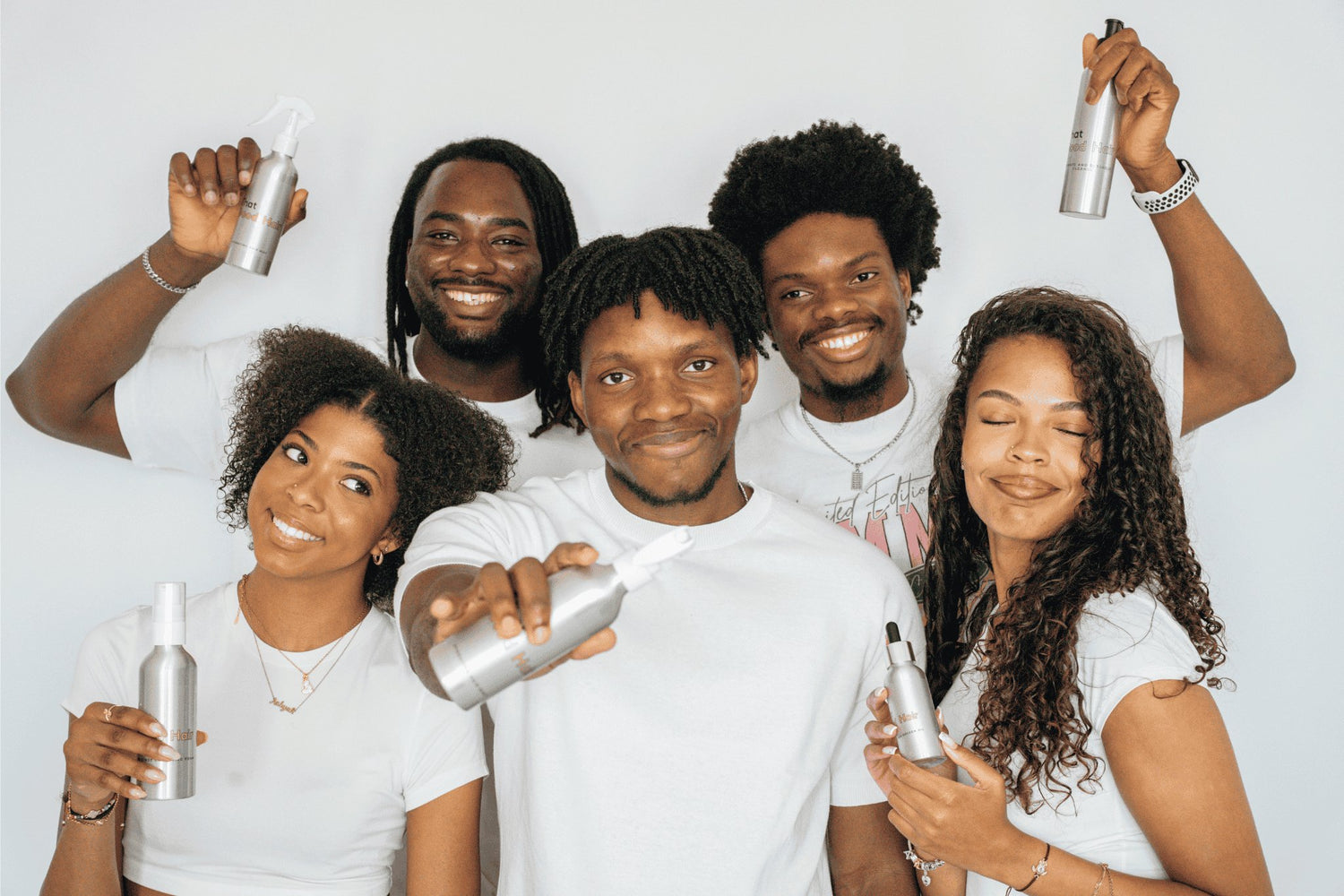Protective styles are a great way for naturalistas to wear their hair regardless of the season. Protective styles work by keeping your hair bundled together, so less surface area is prone to damage from pollution, temperature and friction. Braids, locs, twists, weaves and wigs are some examples of popular protective hairstyles. However, despite popular belief, protective styles aren't a set it and forget it situation. In fact, when done wrong, protective styling is not that protective and can lead to unhealthy, damaged hair. Here are some ways to make sure you are reaping all the benefits of wearing a protective style.
1. Washing Your Hair In A Protective Style

Regardless of how your hair is styled, keeping it clean is critical, especially to maintain the longevity of your protective style. Many start their natural hair journey and reduce the amount of shampoo they use or cut it out altogether. This is particularly common with protective styles since washing braids or locs can be difficult, create frizz and take long to dry. However skipping wash day can cause dirt, product and sweat build-up, and even be the catalyst for infections, dandruff and a dry itchy scalp.
Cleaning your hair while in protective styles doesn't need to be difficult.
One of the best ways to cleanse your scalp while wearing a protective style is using a cleansing foam. This is a foam dry shampoo. A cleansing foam is convenient to use because it keeps the hairstyle dry while still cleaning the scalp so it doesn't require drying time, it also acts as a styling foam reducing frizz and helping your style longer. Also washing your hair the traditional way while wearing extensions can cause breakage as the hair extensions ( braids, twists, etc) will be pulling your natural hair when it is in a weak state from being wet.
To use our No Rinse Cleansing Foam, apply 3+ pumps of your foam into your palms and massage directly into your scalp. This will help to remove sweat, lint, and product build-up as well as freshen your scalp. This is particularly effective after exercise. If there is excessive build-up, use a damp cloth to wipe away any residue or dirt and oils. An alternative to dry shampoo is to use traditional shampoo, dilute it with water and apply it to your scalp using a washcloth.
2. Moisturising Your Scalp and Hair in a Protective Style
Since you should be cleaning your hair under your protective style you also need to make sure you are restoring moisture back to maintain your protective style. Dry, brittle hair is more susceptible to breakage, especially if your hair is weighed down by extension hair, you want to be doing your best to keep your hair soft and moisturised.
The best way to do this is by using a lightweight water-based spray such as our Hydrating Hair Mist. With anti-inflammatory and anti-static natural ingredients like Rose and Hibiscus, you can spritz your hair and scalp daily to retain moisture. Remember you want to avoid heavy product buildup so any product that is water based will minimise blockage on your scalp. In fact, if you apply too much oil it can have the opposite effect and dry out your hair because heavy oil buildup will prevent moisture from penetrating into your hair shaft.
3. Sleeping in a Protective Style

To maintain your protective style, you need to protect your hair against friction at night. A great benefit of protective styling is that it lessens the damaging impact of friction to your individual strands, preventing single-stand knots and split ends. However, friction can still cause your hair to frizz and can reduce the longevity of your style.
One of the most effective yet simplest ways to do so is by wearing a silk or satin bonnet at night and or using a silk or satin pillowcase. Your hair tends to tangle when tossing and turning at night. If you are using a cotton pillowcase, cotton tends to create friction between your hair and the material causing breakage and eventually thinning. The best way to maintain your style and protect your hair is with satin or silk material to avoid snags, tangles, and friction.


